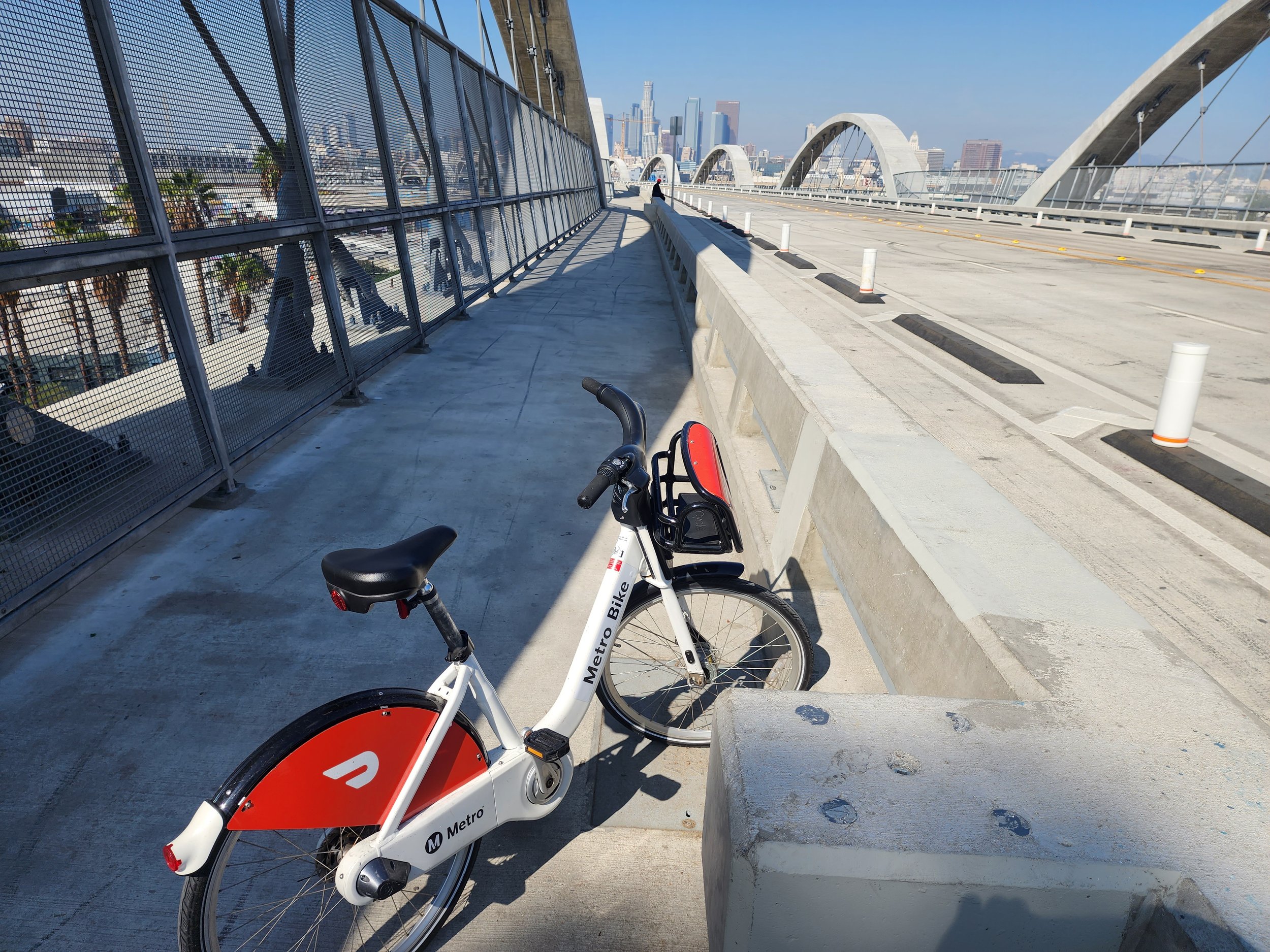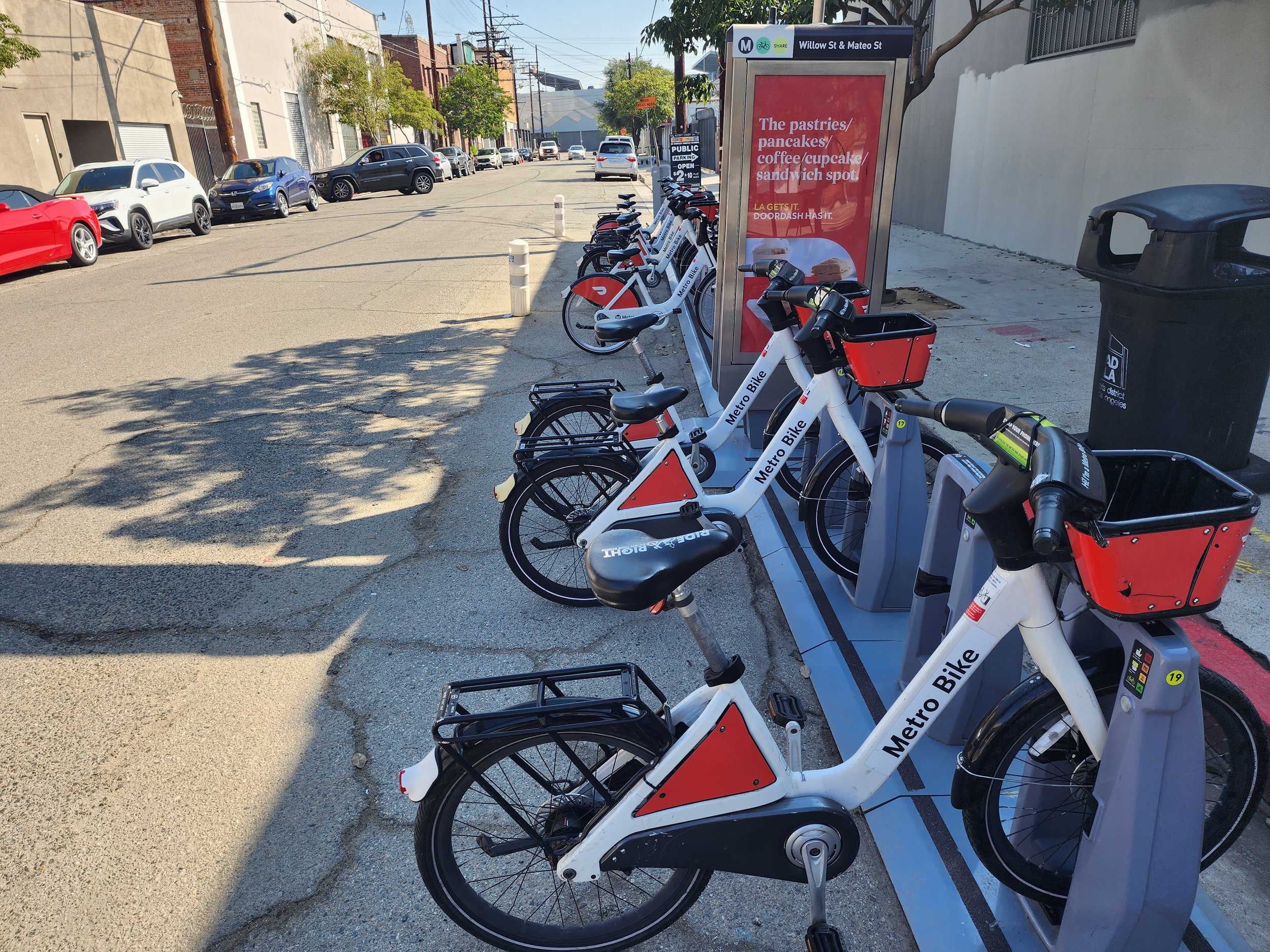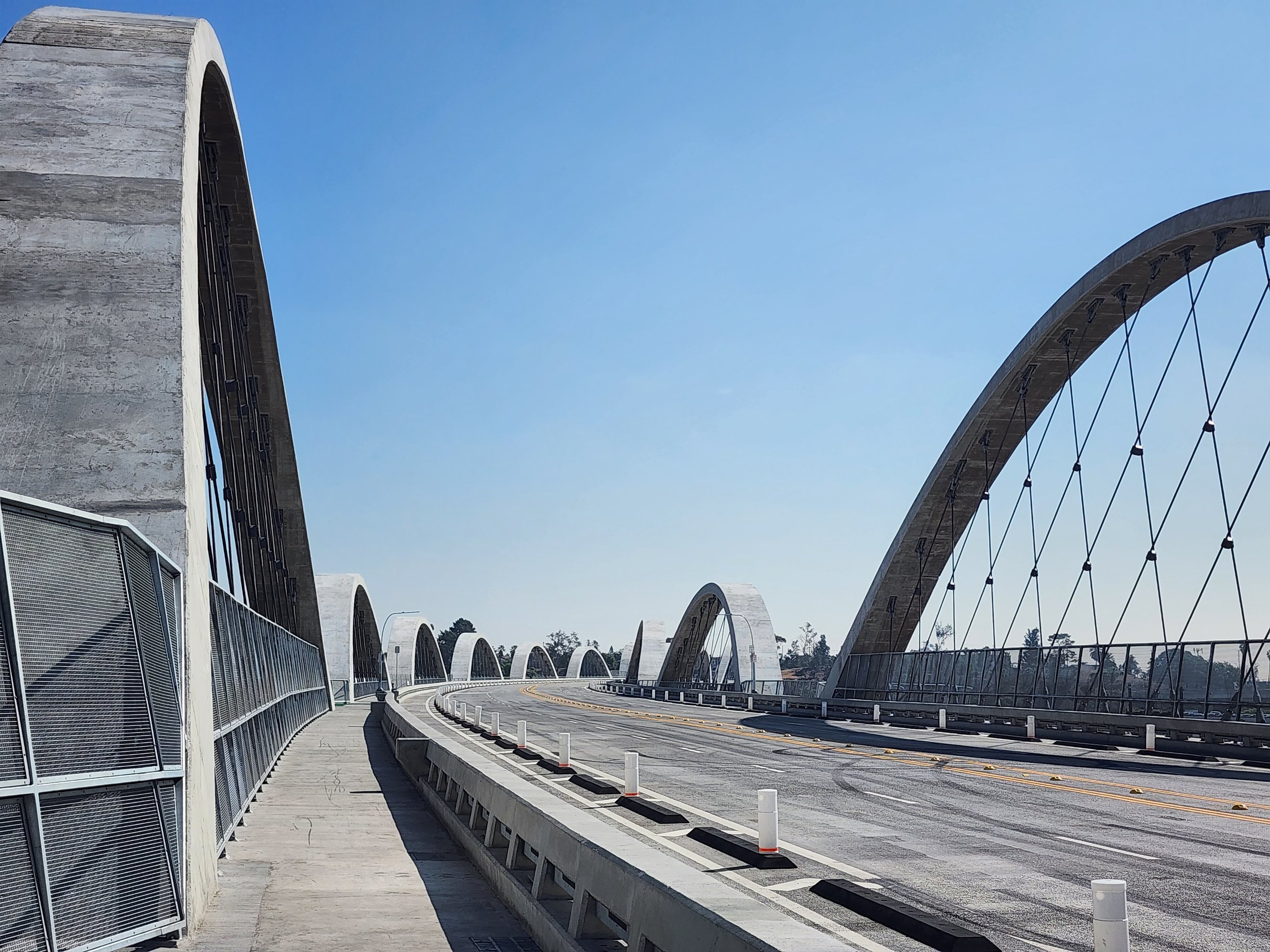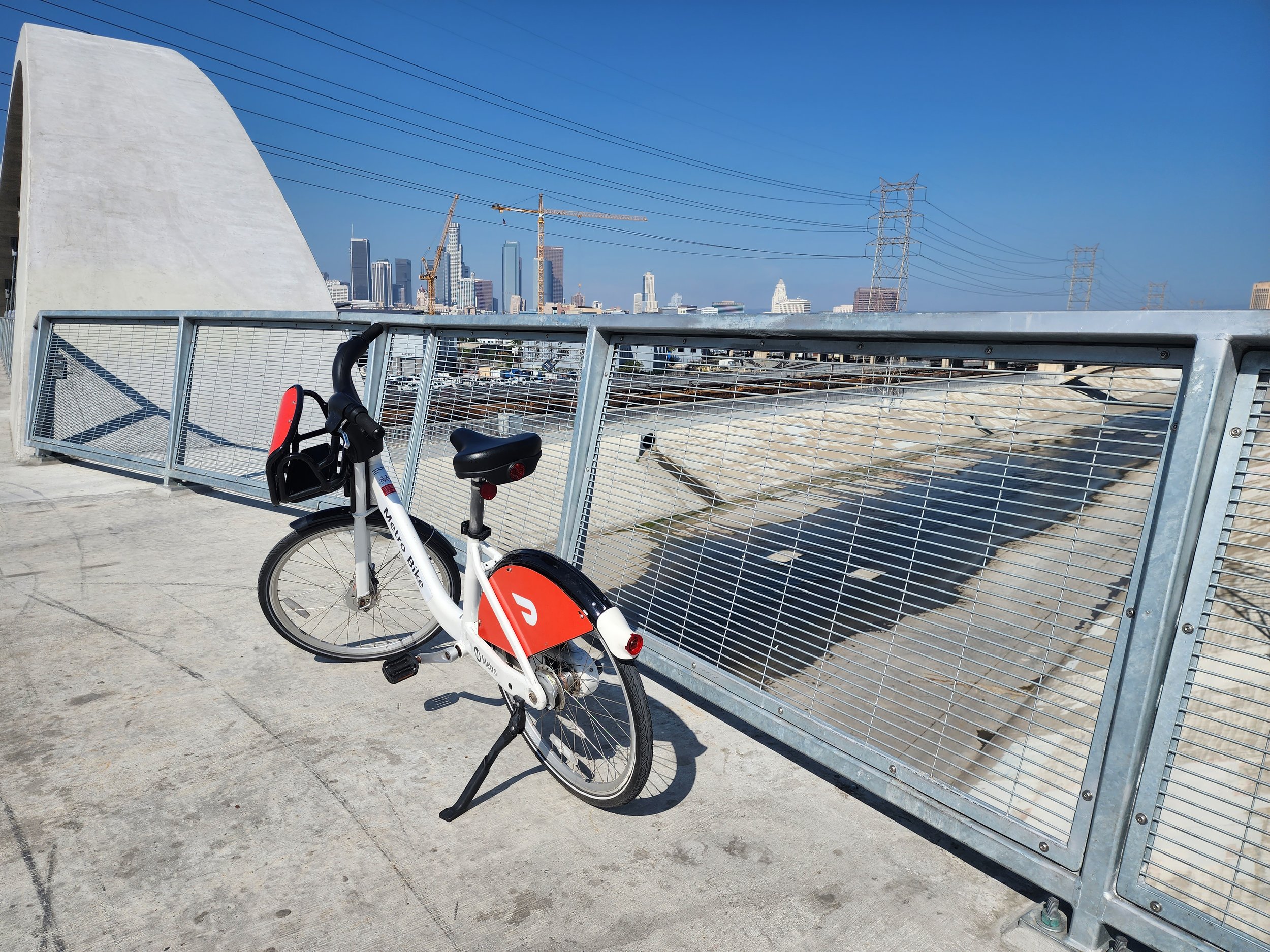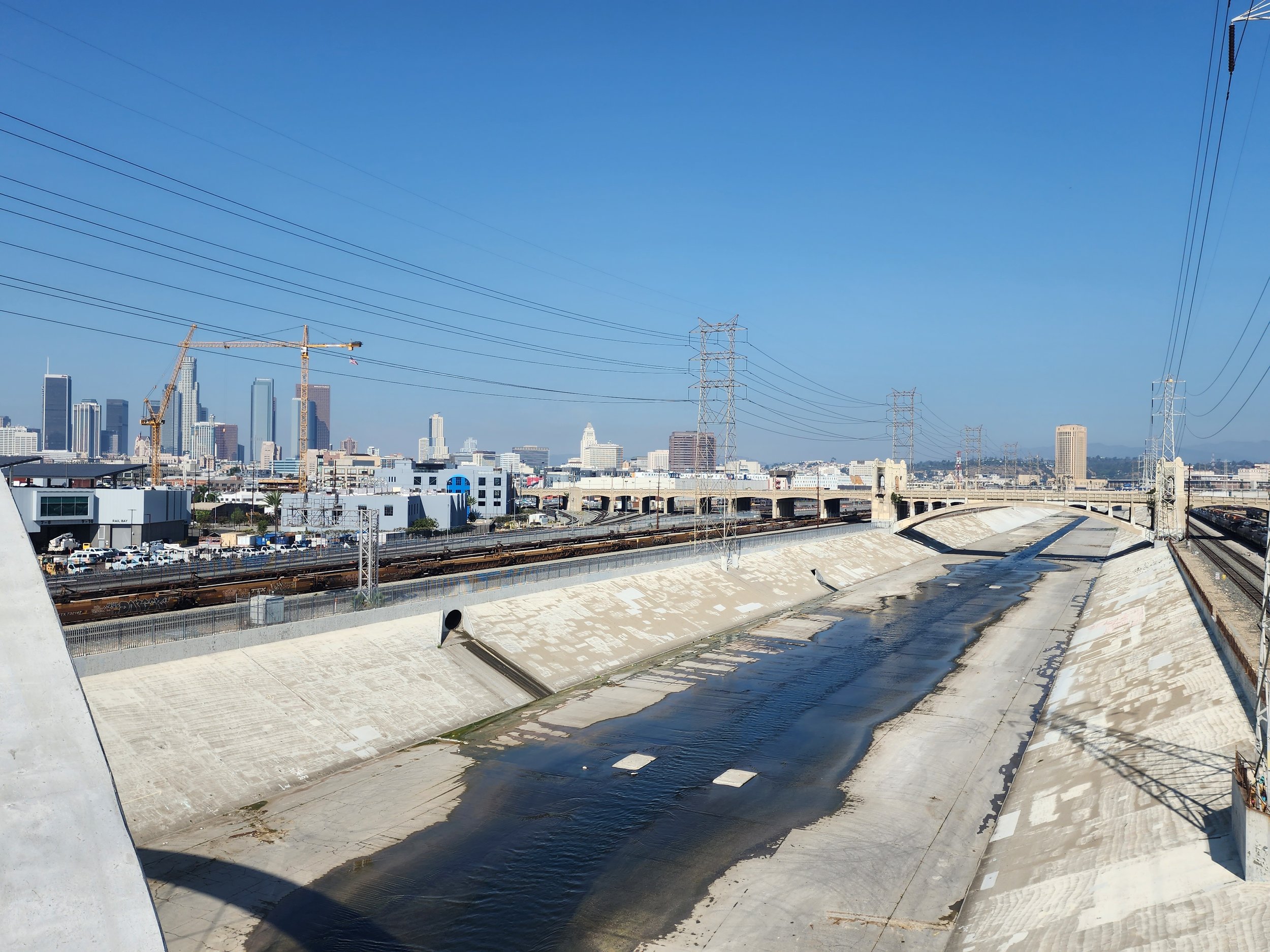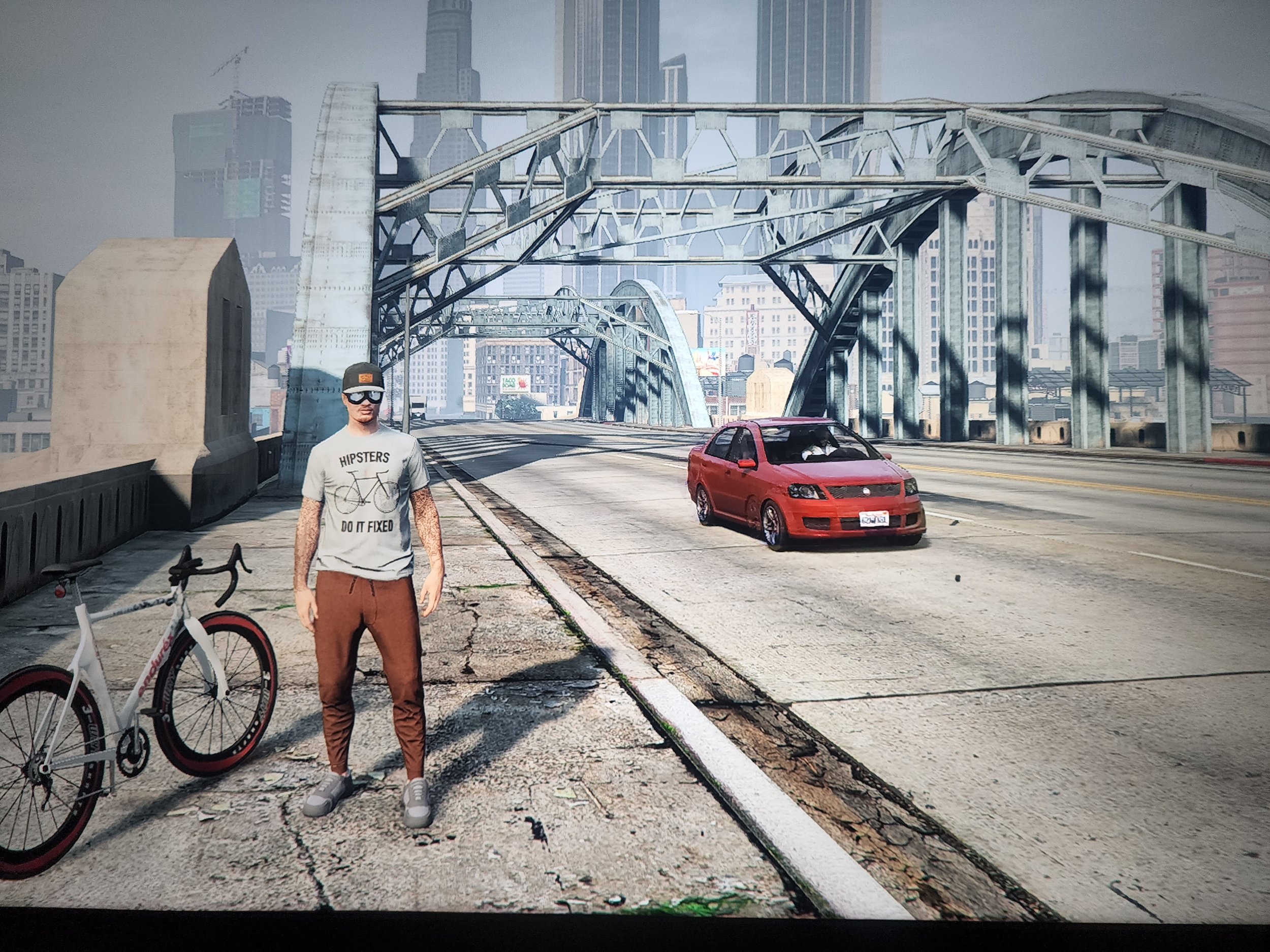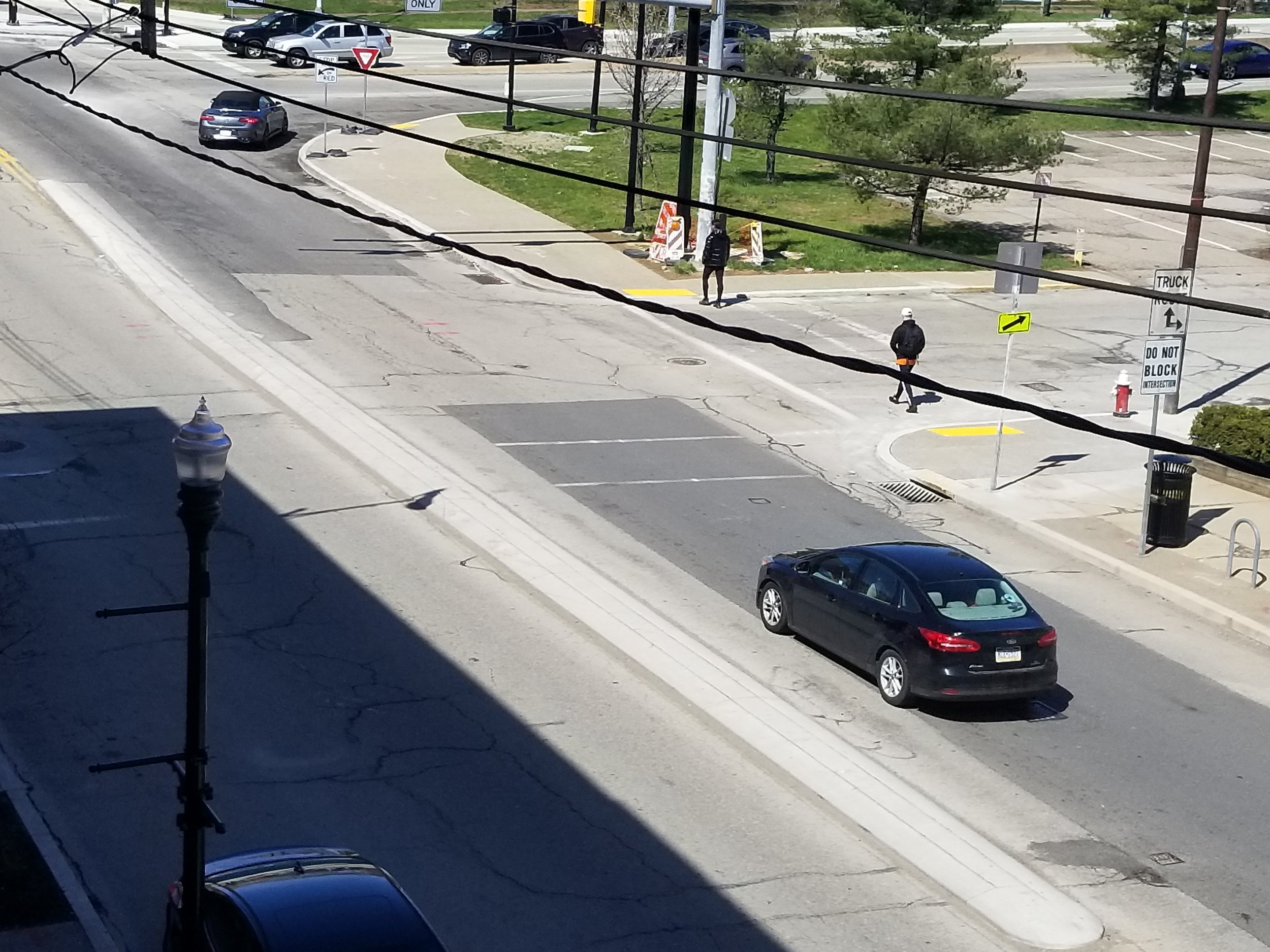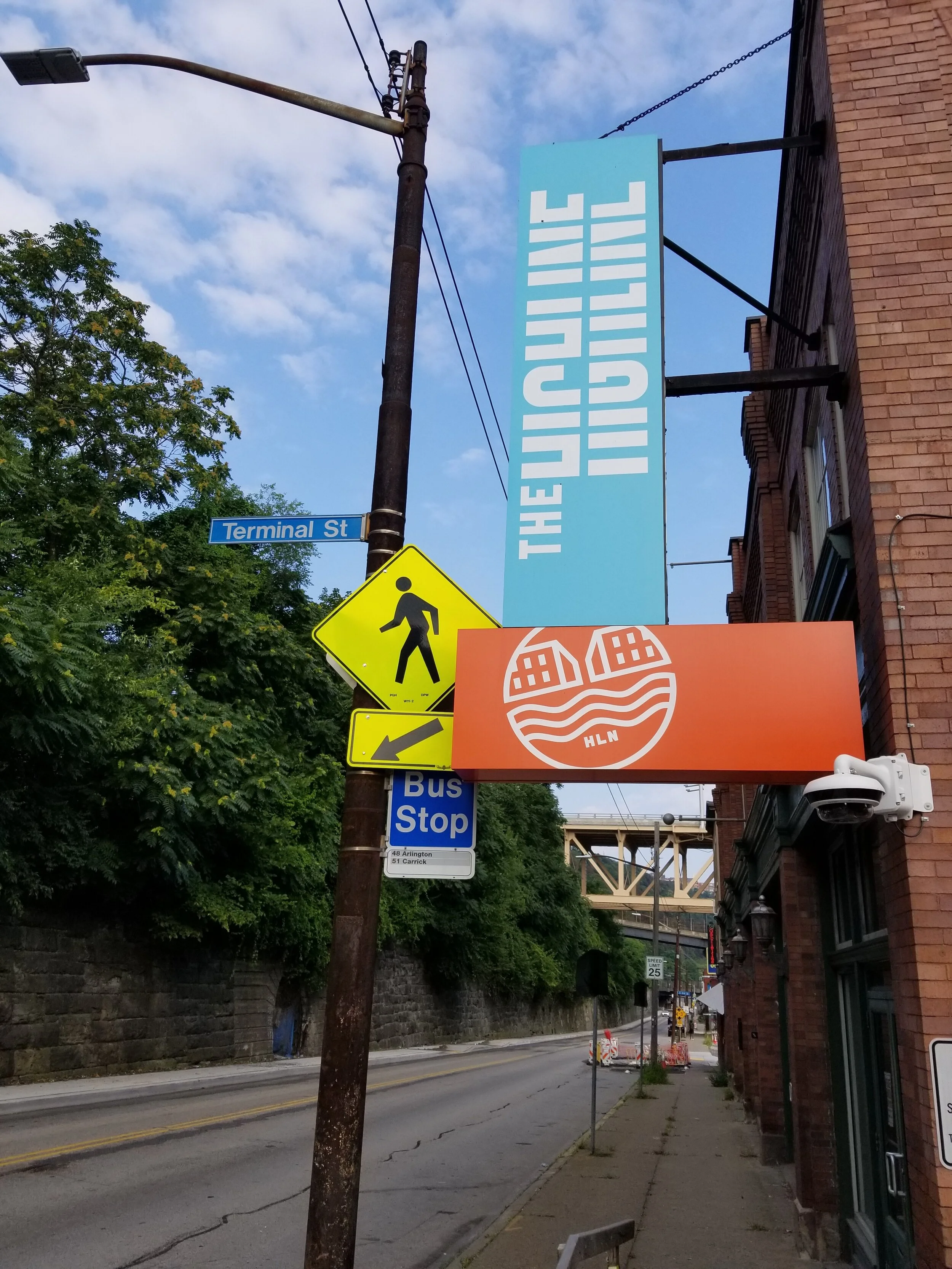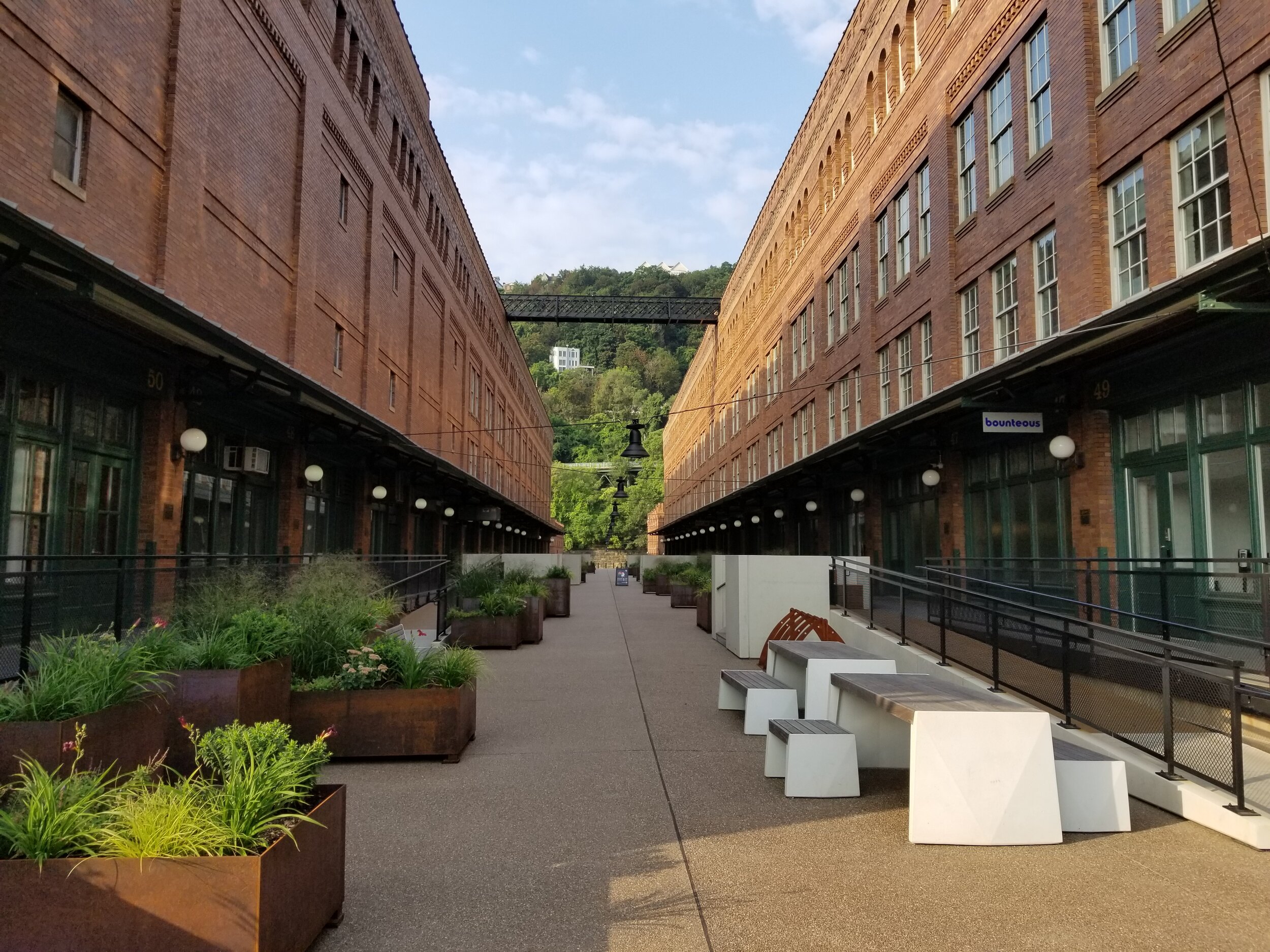I finally got around to watching Nomadland this weekend, just ahead of the film’s anticipated Oscars triumph. My viewing was belated for a number of reasons. For one, the fact that the film was only available to stream on Hulu, necessitating that I create a Hulu account, made it easy to avoid. Secondly, I am generally ambivalent toward any films generating concerted Oscar buzz (this year I watched Mank and Minari despite my usual reservations...Mank was bad, Minari was just OK, and both films had baffling endings). My reluctance to see such films is heightened when the picture in question is reputed to carry social significance or is otherwise considered a “message movie.” The Oscars has a notoriously iffy track record when it comes to awarding Best Picture out of allegiance to some cause célèbre or to course-correct for the Academy’s diversity deficit through performative virtue signalling.
So I didn’t expect much of Nomadland, and what little I knew about the film only served to bolster my skepticism. I recently read a review that suggested the film’s warm reception was mostly carried by Frances McDormand’s acting prowess and abundant images of beautiful sunsets. Based on this appraisal and my own reckoning I anticipated that Nomadland would offer a shallow engagement with contemporary labor precarity dressed in the trappings of prestige filmmaking and wrapped in compelling cinematography.
Having seen the film, I can say that my expectations were subverted in some sense. For one thing, the cinematography is not compelling or even notable. Yes, the film does feature many “beautiful sunsets,” but their beauty lies in the intrinsic grandeur of natural spectacle, not in how they are presented or photographed. The film is often visually captivating because the desert and American West are inherently visually captivating, and Nomadland employs an abundance of on-location shooting to capture these landscapes. There is not much in the way of artful or creative approaches to the cinematography itself. I can’t help but compare the photography in Nomadland to Paris, Texas, another film that I wrote about recently. Paris, Texas features similar landscapes and traveling scenes as Nomadland, but Robby Müller’s evocative cinematography presents dynamic and engaging uses of lighting, staging, and composition in nearly every shot of that film.
To be fair, Nomadland takes a decidedly documentary-style approach to its mise-en-scène that I found very effective. Throughout the film I was often unsure whether the characters in a scene were unknown and amateur actors reciting naturalistic dialogue, or if the filmmakers had candidly captured casual conversations. Ultimately this distinction was a trivial curiosity: the various monologues that provide background on the characters’ lives seemed undeniably authentic and true to someone’s lived experience; whether these accounts had been lived first-hand by the person on screen or were merely informed by someone else’s narrative didn’t really matter, because the veracity resonated regardless.
The documentary-style presentation and obvious real-life inspiration is effective, but the film’s navigation of real world issues also introduces some ambiguous messaging that muddles the ideological overtones. Early on in the film the main character Fern goes to work at an Amazon distribution center. I was rapt throughout this entire sequence. The establishing image of the Amazon-branded warehouse looming over arriving workers felt portentous and vital. From my seat on the sofa it seemed like a glimpse of the Real underlying our current social arrangement; a sudden confrontation with one particular manifestation of the vast infrastructural assemblage that has helped to sustain supply lines and maintain a sense of societal continuity during the pandemic, as well as the ominous economic behemoth with which we seem so inextricably implicated.
I cannot help but consider the PR optics of Amazon’s participation in Nomadland, especially in light of the company’s recent high-profile social media campaigns (and widely-publicized social media gaffes) in opposition to employee unionization efforts. It appears that the company allowed the filmmakers to stage scenes inside an actual distribution center, and ostensibly include actual employees. And why not: the image of the company as conveyed by the film is one of cleanliness, safety, and friendliness. Fern sums up her experience of working for Amazon in two words: “Good money.” If anything Amazon’s participation in Nomadland seems like free publicity for its seasonal employment programs.
And the seasonal aspect of Amazon’s representation is a key component in the film’s murky messaging. Amazon is portrayed as regular and dependable: at one point Fern reassures her concerned sister by stating that she will be going back to work at Amazon in a few months. The Amazon warehouse reappears near the end of the film; its recurrence is presented as part of the rhythm of the nomad lifestyle, an indicator of the migratory cycles and seasonal hirings that shape the nomad’s cartographic course throughout the calendar year. In this way Amazon comes across like an essential component of America’s social infrastructure, a reliable source of employment that is ready to provide for those in need. Amazon comes to represent what passes for a social safety net in contemporary America.
This is where the film’s stance toward Fern’s nomad status becomes ambivalent, particularly in regard to its treatment of structural forces versus individual agency. The film offers some glancing engagements with capitalism early on: introductory text briefly establishes context for Fern’s sojourn by referencing how the closing of a factory had effectively eliminated the ad hoc town that grew up around it, and nomad figurehead Bob Wells is introduced giving a speech about the travails of worshipping the almighty dollar and a corporate culture that exploits laborers unto their death. Yet immediately following Wells’ speech we hear stories from assorted nomads present at the gathering describing the personal circumstances that led to their lives on the road. The common thread across these accounts is that the nomad or vandwelling lifestyle was a personal choice rather than a situation they felt forced into.
I recognize that the dialectic between structural factors and individual agency is complicated; that acknowledging the powerful effects of structural and systemic forces should not preclude consideration of personal autonomy and accountability; that even when our options and actions are determined or constrained by impersonal or impenetrable machinations, we may rationalize or narrativize our experiences through a lens of personal choice. Yet Nomadland frequently casts vandwelling as a personal predilection or act of empowerment in a way that not only elides meaningful engagement with class consciousness and precarious labor under neoliberal capitalism, but also underserves Fern’s characterization.
At several points in the film Fern rebuffs various characters’ offers of assistance. Family and friends offer her accommodation or point her toward charitable organizations. In each case Fern turns down the offer in a way that suggests resentment that her resolve and tenacity would be underestimated (she also pushes back against being labeled “homeless.”). I’ve never been unhoused, and my exploration of vandwelling has never progressed beyond conceptual contingency planning. However, in the past several years my life has been uncertain and austere. I have been profoundly moved by generous offers from friends and colleagues: to sleep on someone’s couch; to live in someone’s basement; or simply being welcomed into a friend’s social contact circle so that I wouldn’t have to endure pandemic lockdown in isolation. Regardless of my intention to accept any of these invitations, the offers deeply affected me because I knew the generosity was genuine, and I recognized how desperately I craved compassion. Fern’s responses to similar offers in the film lacks a sense of vulnerability or gratitude in a way that seems to bolster an implicit conservative critique of welfare in general.
There is a notable exception in the film’s treatment of vandwelling as lifestyle choice. Later in the film Fern attends a backyard cookout at her sister’s house. Her sister’s husband explicitly casts Fern’s nomadic existence as a personal choice and even privilege, saying that “not everyone can just chuck everything and hit the road.” Fern bristles as the assessment: “Is that what you think I’ve done?” The point is not elaborated on further, but Fern’s sister interjects, romanticizing Fern’s nomad existence as carrying on the proud tradition of America’s frontier pioneers.
The film ultimately seems overly long in light of its modest ambitions. In what was perhaps intended as a metareflexive approximation of the restless and perpetual movement of road life, the film drives past three suitable ending points and just keeps going. The first potential ending point comes just after Fern has left Dave’s family’s home, spurning his offer to live in the guest house. Fern stops her van along the side of the road, on what looks like a stretch of coastal highway in Oregon. She dances on a cliffside overlooking a stormy sea. I expected the film to conclude with this visualization of Fern’s commitment to unfettered freedom and life on the edge of a precipice. But the film keeps rolling and Fern keeps driving, back to the desert gathering of vandwellers. The assembled nomads sit around a campfire, tossing stones into the flames in remembrance of a recently departed comrade. Bob Wells casts a rock into the fire and intones: “See you down the road.” The camera pans up, tracing the rising red embers against the black night sky. This is a second ostensible ending but the film continues.
Fern travels to Empire, the now deserted factory town from which she had earlier been displaced by the caprices of capitalism. Glimpses of a road sign with the town’s designation of “Empire” recalls Ozymandias’ ominous admonition. Instead of trunkless legs of stone sunk into the sand we see abandoned playgrounds and empty lots dusted with snow. Fern returns to her former house and walks into the backyard. The camera stands fixed to capture the backyard view from the house that Fern had described earlier in the film: the small yard is enclosed with a low chain link fence, but beyond it a vast and uninterrupted expanse stretches out to a horizon of mountains. This shot would offer another suitable conclusion for the film, and I think it would’ve been particularly poignant: the impressive landscape more than lives up to the images conjured up by Fern’s earlier description of her backyard view, and the vista compellingly conveys how the meaning of home or the specialness attributed to any particular place can often be attributed to the frame it offers us on the wider world.
The film gives us one more shot after the backyard view: Fern’s van back on the road, driving on the points unknown. I liked Nomadland more than I expected to, and it does offer a lot to appreciate. Ultimately the film never matched or recaptured the visceral fascination I experienced watching those early scenes at the Amazon warehouse. As the credits rolled I couldn’t help but think of Kelly Reichardt’s film Wendy and Lucy. That 2008 film has a lot of thematic similarities with Nomadland: the eponymous Wendy lives in her car with her dog Lucy; on her way to Alaska to seek work in a cannery the car breaks down in Oregon. The film presents the often harrowing and heartrending challenges that Wendy faces as she figures out how to continue her journey while being unable to afford the necessary vehicle repairs. In my estimation Wendy and Lucy offers a much more compelling dramatization of precarity through one woman’s navigation of life on the road. Reichardt’s film manages a nuanced characterization of Wendy that honors her spirit while avoiding an outright romanticization of her plight. It was also released right in the midst of the Great Recession, an era that Nomadland briefly name-checks but seems otherwise disconnected from; Nomadland is set in 2011 and 2012 (the timeline sometimes seems inconsistent) which makes it feel further distanced from contemporary issues and current events.
Ultimately I think Wendy and Lucy is a superior film to Nomadland that covers similar thematic (and geographic) territory. The comparison of the two films exacerbates my disappointment that Reichardt’s First Cow was completely overlooked at this year’s Oscars. That film received ample coverage a year ago because its March 2020 theatrical release made it one of the few Oscar hopefuls to be screened in theaters prior to the pandemic. It seems a shame that it didn’t garner a single nomination. I have to wonder how Nomadland’s fortunes would have fared without a renowned actor in the leading role.
